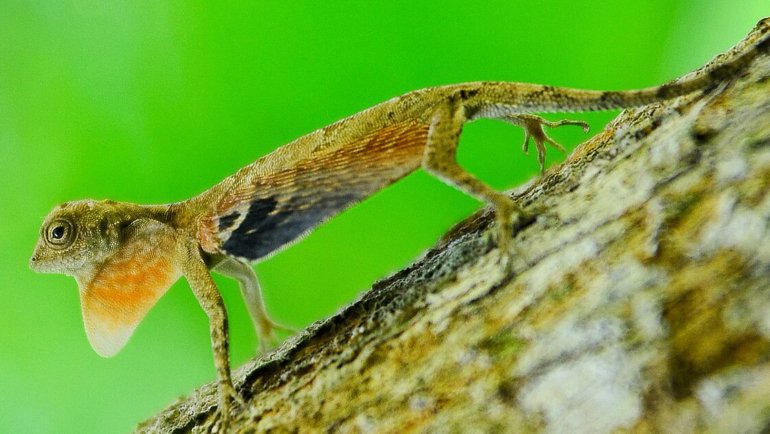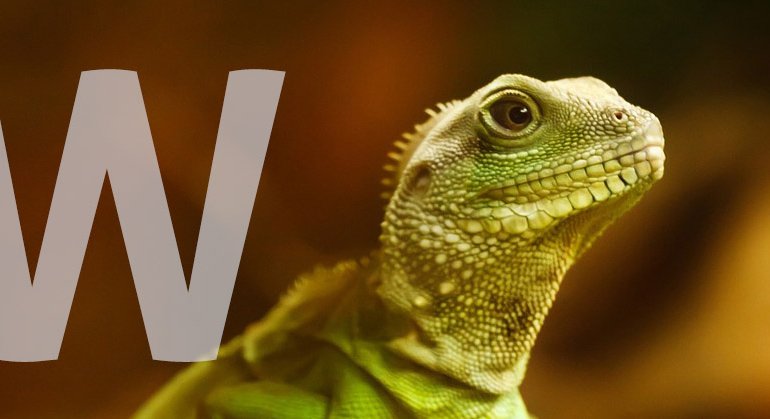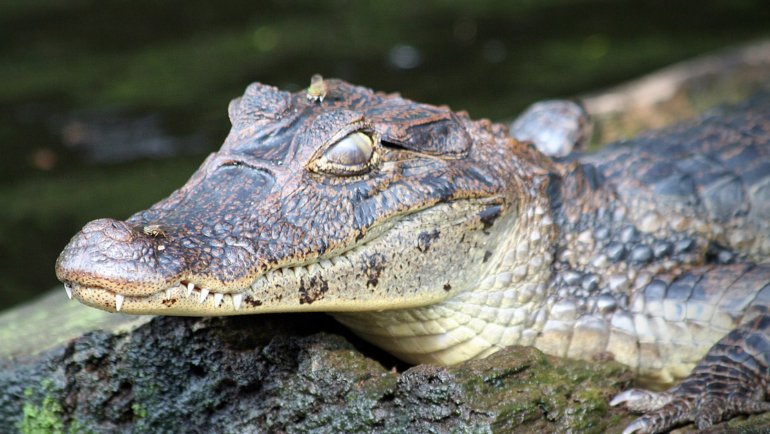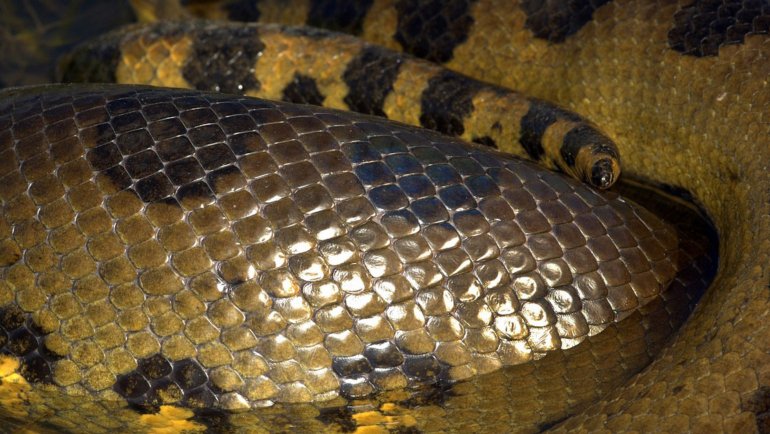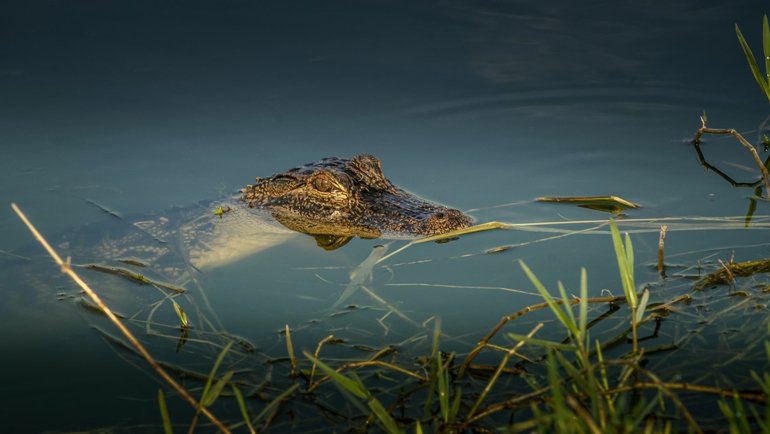In the wild heart of our world’s wetlands, there lurk creatures of incredible power, primal ferocity, and captivating beauty. From the southeastern reaches of the United States to the depths of China’s Yangtze River, these formidable predators have ruled their watery domains for millions of years, their eyes and snouts often being the only hint of the stealthy hunter lurking beneath the surface.
Yes, we’re talking about alligators, those fascinating relics of a bygone era that continue to thrive today. In this article, we’re about to embark on a journey deep into the world of these amazing creatures. With a lineage dating back to the age of dinosaurs, alligators have so many secrets to share, so many stories etched into their tough, scaly skin.
Prepare yourself for some surprises and interesting insights, as we uncover 30 amazing facts about alligators that I am sure you will find fascinating! But first, some info about alligators:
Essential Information About The Alligator
- Scientific name: Alligator mississippiensis (American Alligator) | Alligator sinensis (Chinese Alligator)
- Type of Animal: Reptile
- Size: 4 – 4.5 m (13-15 ft) long for the American alligator, up to 2 m (7 feet) for the Chinese alligator.
- Weight: up to 360 kg (800 lbs) for the American alligator, 36-45 kg (80-100 lbs) for the Chinese alligator.
- Geographic range: Southeastern United States, Yangtse River in Eastern China
- Habitat: Freshwater – Swamps, lakes, calm rivers
- Diet: Fish, birds, mammals, other reptiles.
- Predators: Some birds, fish, otters and raccoons attack young alligators.
- Reproduction: They breed from April to June. They build a nest in which the female lays up to 90 eggs. The eggs then incubate for 65 days before hatching.
- Conservation status:
- American alligator: Least Concern. Population is increasing.
- Chinese alligator: Critically Endangered. Population is stable.
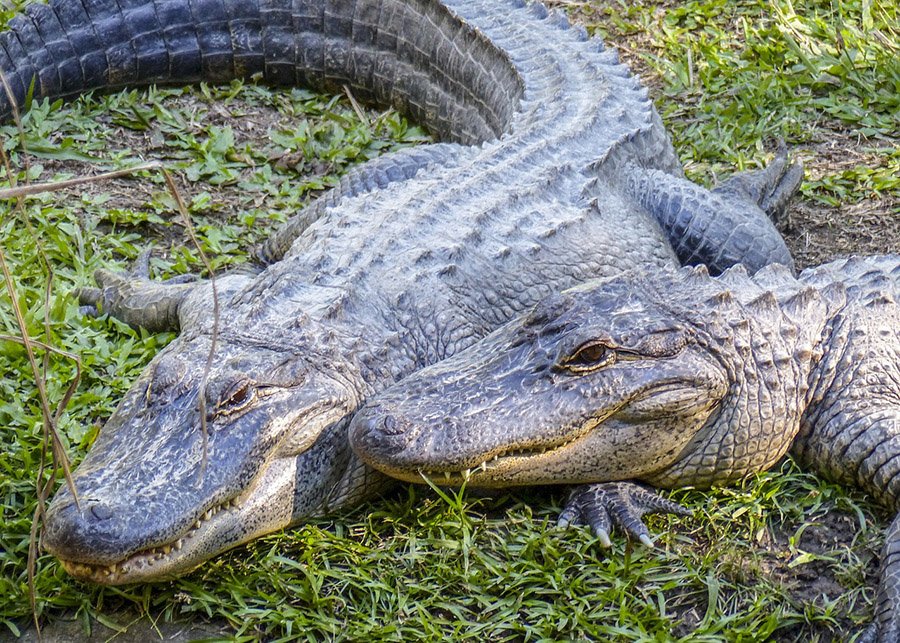
30 Fascinating Facts About Alligators
- Two Distinct Species: There are only two species of alligators in the world – the American alligator (Alligator mississippiensis) and the Chinese alligator (Alligator sinensis). The American alligator is found in the southeastern United States, while the Chinese alligator is found in the Yangtze River basin.
- Ancient Ancestors: Alligators have been around for millions of years. In fact, alligator ancestors are said to have evolved nearly 200 million years ago. That means they were around even during the time of the dinosaurs!
- Size Matters: The American alligator is larger than the Chinese alligator. It can grow up to 13-15 feet (4-4.5 m) long and weigh as much as half a ton, while the Chinese counterpart rarely grows more than 7 feet (2.1 m).
- Temperature Determines Sex: The sex of alligator hatchlings is determined by the temperature of the nest. Warmer temperatures tend to produce males, while cooler temperatures produce females.
- Night Predators: Alligators are primarily nocturnal hunters. They use their powerful tails to swiftly move in the water, catching prey with their strong jaws.
- Social Creatures: Unlike many reptiles, alligators are fairly social creatures. They can often be seen basking in the sun together and use a variety of vocal and physical signals to communicate.
- Impressive Bite Force: An alligator’s bite force is one of the strongest in the animal kingdom. They can slam their jaws shut with a force of about 2,125 pounds per square inch!
- But Weak Opening Muscles: Despite their impressive bite force, alligators have relatively weak muscles to open their jaws. Even a human could hold an alligator’s jaws shut with their bare hands.
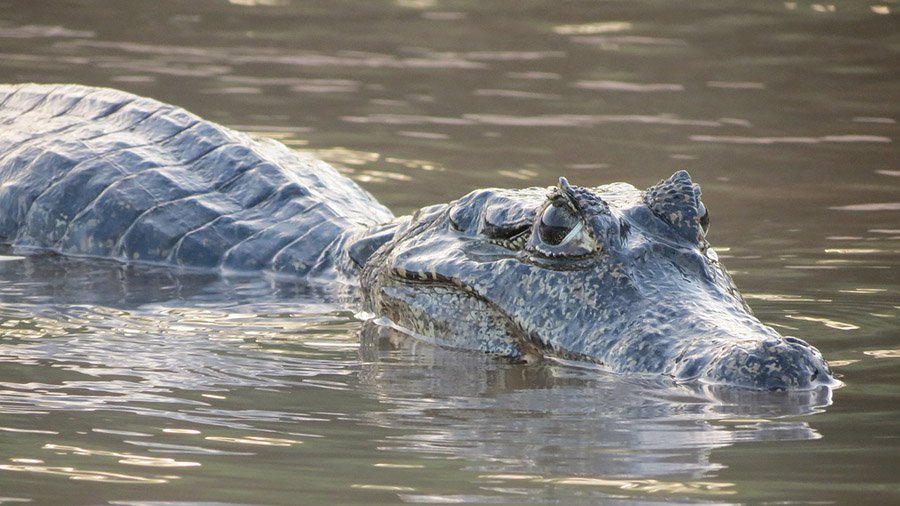
- Solitary Hunters: Despite being social, alligators typically hunt alone. They are ambush predators, meaning they lie in wait for their prey to come near.
- Long Lifespan: Alligators can live for more than 50 years in the wild. In captivity, they’ve been known to live up to 70-80 years.
- Slow Metabolism: Alligators have a slow metabolism, which allows them to survive long periods without food. In extreme situations, they can go up to 2 years without eating!
- Alligator Farming: Alligator farming is a major industry in states like Louisiana and Florida. The animals are raised for their meat and hides, which are made into leather goods.
- Regenerative Teeth: Alligators can grow new teeth to replace lost or broken ones. Over the course of their lifetime, they can go through 2,000 to 3,000 teeth.
- Death Roll: Alligators perform a behavior known as a “death roll” when catching prey. They spin their bodies to tear off chunks of meat.
- Freshwater Habitat: Alligators are freshwater animals and are commonly found in rivers, lakes, swamps, and marshes. However, they can tolerate saltwater for short periods of time.
- Diet: Alligators are opportunistic feeders and will eat almost anything, including fish, birds, mammals, and even smaller alligators.
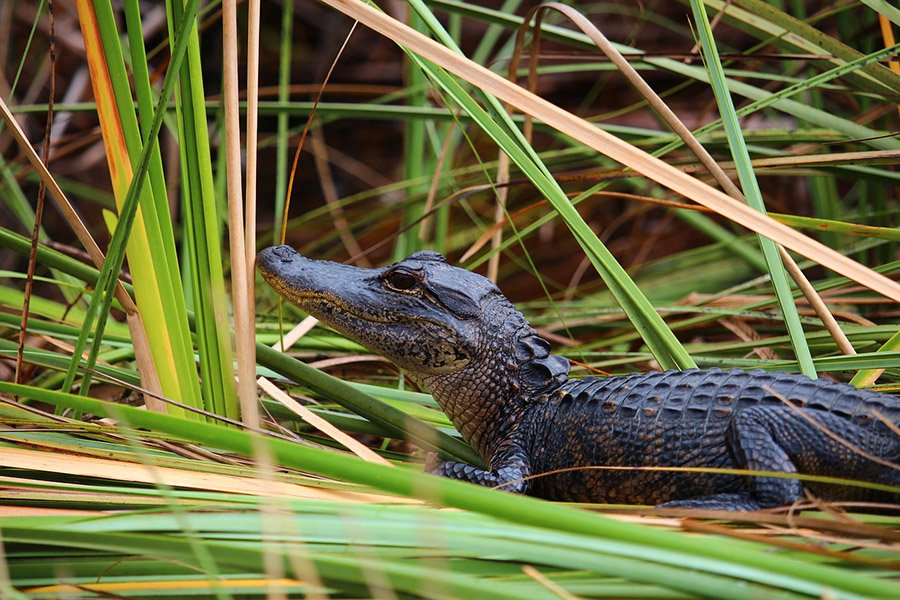
- Endangered Status: The Chinese alligator is critically endangered due to habitat loss, while the American alligator was previously on the brink of extinction but has made a remarkable recovery.
- Cold-Blooded: Like all reptiles, alligators are ectothermic (cold-blooded), meaning they can’t regulate their body temperature and need to use their environment to warm up or cool down.
- Brumation State: In colder months, alligators go into a brumation state, a period of decreased physiological activity which is an equivalent of hibernation for warm-blooded animals. They stay this way for 5 months without eating.
- Airborne Prey: Alligators have been known to snatch birds out of the air. This demonstrates not only their quick reflexes, but also their ability to calculate the trajectory of their airborne prey.
- Top Speed: Alligators are surprisingly quick for their size. They can run on land up to 11 miles per hour for short distances, and can swim at speeds up to 20 miles per hour.
- Parental Care: Alligator mothers are very protective of their nests and young. They’ll guard their eggs fiercely and, once the young hatch, they often carry them around in their jaws for protection.
- Nest Builders: Female alligators build nests made of vegetation, sticks, leaves, and mud. These nests can be up to 7 feet (2 m) in diameter and more than 2 feet (60 cm) high.
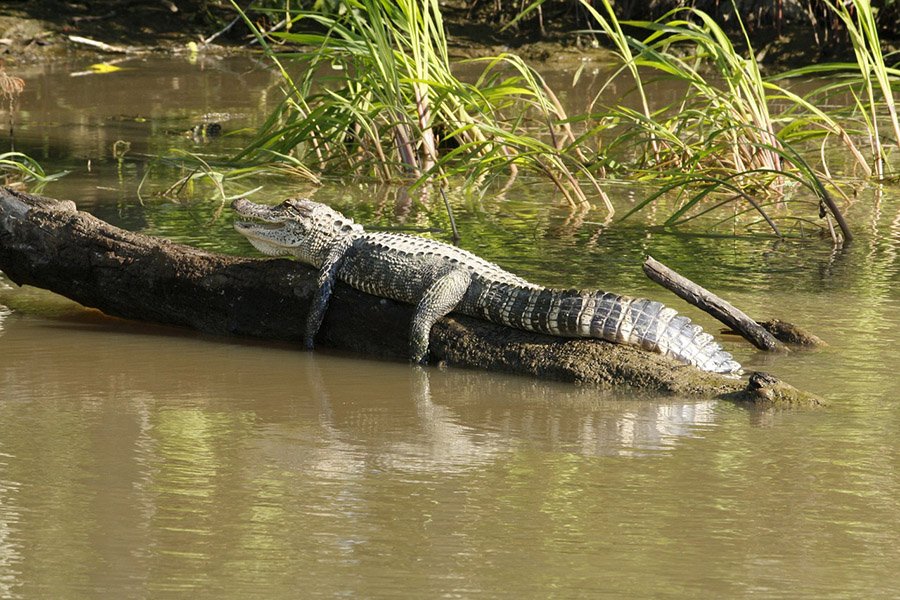
- Sleeping in holes: When they want to sleep, alligators can be found resting in “gator holes,” which are dugout areas in the banks of bodies of water.
- Diverse Communication: Alligators use a complex set of sounds and body language to communicate with each other. From aggressive roars to gentle grunts between a mother and her babies, their communication is quite advanced for reptiles.
- Frequent Fliers: Well, not quite. But alligators have been known to use their tails to launch themselves upwards out of the water. This behavior, called ‘porpoising’, is often used to catch prey, and they can reach impressive heights!
- Survivors: The resilience of alligators is astounding. They survived the mass extinction that wiped out the dinosaurs and have weathered multiple shifts in climate and environment over the ages.
- Eye Protection: Alligators have a second eyelid, a translucent nictitating membrane, that protects their eyes and provides vision underwater.
- Symbiotic Relationships: Some bird species are known to pick the teeth of alligators – a dangerous dental visit! The birds get a meal, and the alligators have clean teeth.
- Stealthy Swimmers: Alligators are able to swim stealthily and silently by moving their bodies side-to-side, unlike many animals that make a lot of splashes when they paddle with their legs.
Where & How to See Alligators in Your State?
- Alabama
- Alaska
- Arizona
- Arkansas
- California
- Colorado
- Connecticut
- Delaware
- Florida
- Georgia
- Hawaii
- Idaho
- Illinois
- Indiana
- Iowa
- Kansas
- Kentucky
- Louisiana
- Maine
- Maryland
- Massachusetts
- Michigan
- Minnesota
- Mississippi
- Missouri
- Montana
- Nebraska
- Nevada
- New Hampshire
- New Jersey
- New Mexico
- New York
- North Carolina
- North Dakota
- Ohio
- Oklahoma
- Oregon
- Pennsylvania
- Rhode Island
- South Carolina
- South Dakota
- Tennessee
- Texas
- Utah
- Vermont
- Virginia
- Washington
- West Virginia
- Wisconsin
- Wyoming
Other Articles About American Alligators
- American Alligator: Characteristics, Diet, Facts & More [Fact Sheet]
- What Do Alligators Eat? All About Their Diet
- When Are Alligators Most Active? Decoding Their Mysterious Behavior
- Komodo Dragon vs. Alligator: Main Differences & Who Wins in a Fight?
- Are There Alligators in the Ocean? How Common is it?
- Are Alligators Dangerous to Humans? What You Need To Know
- What Eats Alligators? Top 12 Alligator Predators
- Are Alligators Friendly to Themselves or Even Humans?
References
- https://en.wikipedia.org/wiki/American_alligator
- https://nationalzoo.si.edu/animals/american-alligator
- https://www.britannica.com/animal/alligator
- https://scaquarium.org/brumation/
- https://www.sciencedaily.com/releases/2019/01/190124164102.htm
- https://animals.howstuffworks.com/reptiles/alligator.htm
- https://animalia.bio/chinese-alligator
- https://www.iucnredlist.org/species/46583/3009637
- https://www.iucnredlist.org/species/867/3146005
